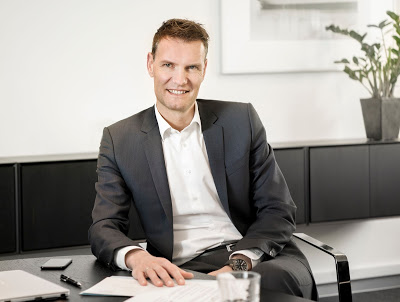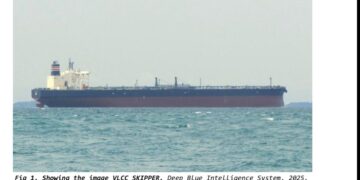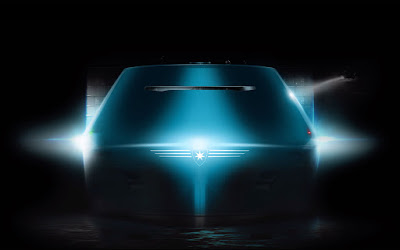Maersk has announced that it aims to become a carbon
neutral company by 2050.
neutral company by 2050.
The company said that in order to achieve
this goal, carbon neutral vessels must be commercially viable by 2030, and an
acceleration in new innovations and adaption of new technology is required.
this goal, carbon neutral vessels must be commercially viable by 2030, and an
acceleration in new innovations and adaption of new technology is required.
 |
| Søren Toft, Chief Operating Officer at A.P. Moller – Maersk. |
“The only possible way to achieve the
so-much-needed decarbonisation in our industry is by fully transforming to new
carbon neutral fuels and supply chains,” says Søren Toft, Chief Operating Officer at A.P. Moller – Maersk.
so-much-needed decarbonisation in our industry is by fully transforming to new
carbon neutral fuels and supply chains,” says Søren Toft, Chief Operating Officer at A.P. Moller – Maersk.
According to Toft, given the 20-25-year life
time of a vessel, it is now time to join forces and start developing the new
type of vessels that will be crossing the seas in 2050.
time of a vessel, it is now time to join forces and start developing the new
type of vessels that will be crossing the seas in 2050.
“The next 5-10 years are going to be crucial.
We will invest significant resources for innovation and fleet technology to
improve the technical and financial viability of decarbonised solutions. Over
the last four years, we have invested around USD 1bn and engaged 50+ engineers
each year in developing and deploying energy efficient solutions. Going forward
we cannot do this alone,” adds Toft.
We will invest significant resources for innovation and fleet technology to
improve the technical and financial viability of decarbonised solutions. Over
the last four years, we have invested around USD 1bn and engaged 50+ engineers
each year in developing and deploying energy efficient solutions. Going forward
we cannot do this alone,” adds Toft.
Maersk said that its relative CO2 emissions
have been reduced by 46% when compared to 2007 baseline, approximately, 9% more
than the industry average. As of next year, the world’s largest container
shipping company plans to initiate a dialogue with all interested parties on
different ways if tackling climate change.
have been reduced by 46% when compared to 2007 baseline, approximately, 9% more
than the industry average. As of next year, the world’s largest container
shipping company plans to initiate a dialogue with all interested parties on
different ways if tackling climate change.
“Maersk hopes to generate a pull towards
researchers, technology developers, investors, cargo owners and legislators
that will activate strong industry involvement, co-development, and sponsorship
of sustainable solutions that we are yet to see in the maritime industry,” the company said.
researchers, technology developers, investors, cargo owners and legislators
that will activate strong industry involvement, co-development, and sponsorship
of sustainable solutions that we are yet to see in the maritime industry,” the company said.
The efforts are in line with the industry’s push to halve the
shipping industry’s carbon footprint by 2050 compared to 2008.
shipping industry’s carbon footprint by 2050 compared to 2008.
In October, IMO’s Marine Environment
Protection Committee (MEPC 73) approved the
follow-up program for the strategy on reducing greenhouse gas emissions from
ships.
Protection Committee (MEPC 73) approved the
follow-up program for the strategy on reducing greenhouse gas emissions from
ships.
The follow-up program is intended to be
used as a planning tool in meeting the timelines identified in the initial IMO
strategy, which includes a range of candidate short-, mid- and long term
measures yet to be considered.
used as a planning tool in meeting the timelines identified in the initial IMO
strategy, which includes a range of candidate short-, mid- and long term
measures yet to be considered.
Short-term measures could be finalized and
agreed between 2018 and 2023; mid-term measures, between 2023 and 2030; and
long-term measures, beyond 2030.
agreed between 2018 and 2023; mid-term measures, between 2023 and 2030; and
long-term measures, beyond 2030.

































































